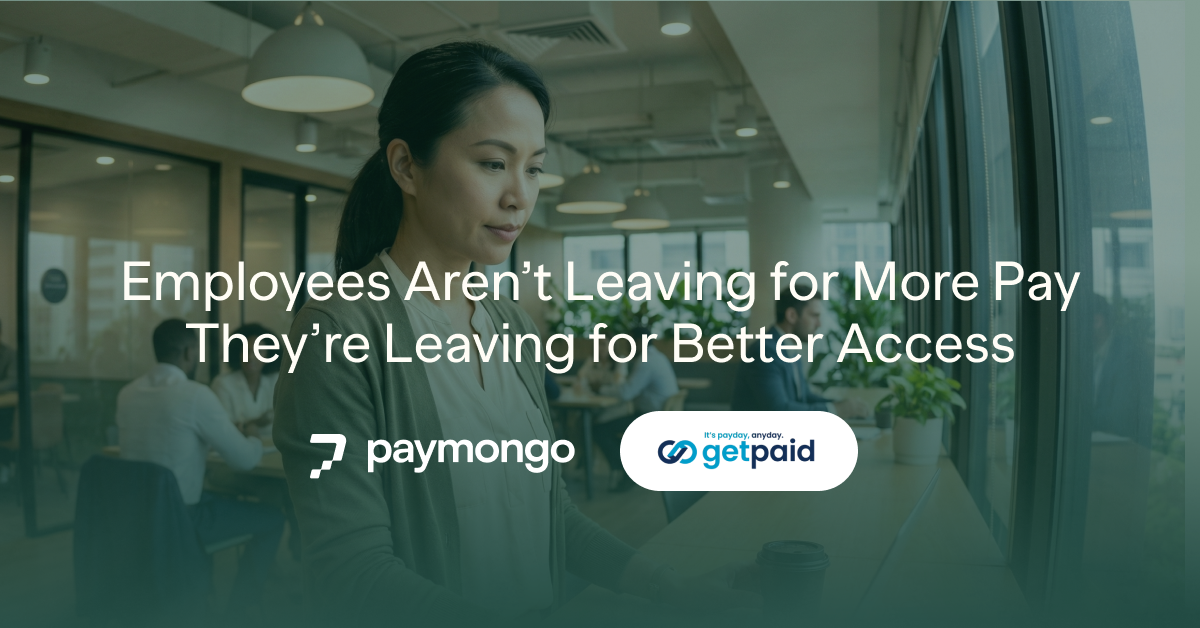4 Mistakes Causing Cash Shortages & How to Avoid Them

Table of Contents
Running a business in the Philippines is a balancing act between rent, supplies, staff pay, and bills all competing for your attention (and your cash). One slow sales week or late customer payment, and suddenly you’re scrambling to cover expenses.
But here’s the truth: cash flow problems aren’t a sign of failure—they’re a sign to adjust. With a few smart habits and the right tools, you can stay ahead of shortages, protect your cash, and keep your business growing stronger month after month.
Mistake #1: Not forecasting cash flow (or thinking “we’ll make it work”)
Imagine a Manila cafe. They expect daily walk-in traffic of 100 customers, but for a stretch of rainy days the traffic drops to 60/day. They still spend the same on supplies (coffee beans, milk, utilities), and now they’re dipping into cash reserves to cover costs. Because they hadn’t projected a “slow week” scenario, their reserves shrink fast.
When you don’t map out expected cash in vs cash out, you’re essentially driving blind. You might have one strong week, then suddenly a lull, and find yourself short on funds for vendor payments or wages. Studies by GPH Journal confirm that poor cash flow planning links to weaker financial performance among MSMEs.
How to avoid it
- Create a simple monthly cash-flow projection: list all expected inflows (sales) and all planned outflows (rent, utilities, supplies, wages).
- Build a “slow week” buffer: assume 70% of your usual sales and see whether you can still cover costs.
- Check mid-month how your actual cash matches your forecast. Adjust if needed.
Mistake #2: Holding too much inventory or tying up cash in stock
A small tech-reseller in Quezon City orders 50 units of a new smartphone model, expecting high demand during the BER months. But the demand turns out slower than expected. Now the stock sits unsold, the reseller owes the supplier and has less cash to invest in more‐popular accessories.
When retail stores or tech-resellers buy a lot of inventory “just in case”, that money is out of your hands until stock sells. In the meantime you still owe your suppliers, pay rent, etc. Research by ResearchGate on MSMEs in the Philippines shows that working-capital management (including inventory) is weak, which hurts liquidity.
How to avoid it
- Use a “just-in-time” mindset: order smaller batches more frequently if possible, especially for fast-changing goods.
- Review your sales history: if some items sit more than 30–60 days without moving, reduce inventory for those.
- Negotiate payment terms: ask suppliers for extended payment terms so you’re not paying out before you’ve sold.
Mistake #3: Inconsistent money movement processes
A retail store supplies other small businesses on credit (net 30), but those businesses pay at net 60 or later. Meanwhile the store has to pay rent and utilities at fixed dates. Suddenly there’s a cash “gap” and the store may need to borrow or delay payments.
If you're letting customers pay late, or your own payments to vendors are all over the place, cash gets stuck somewhere. GPH Journal learned that MSMEs often struggle with controlling timing of inflows/outflows.
How to avoid it
- Set clear terms for your customers: e.g., upfront payment or 50% deposit, specify when full payment is due.
- Offer incentives for early payment (small discount) or enforce late payment fees (if appropriate and legal).
- Align your major outflows (rent, salaries) with your biggest inflow periods (sales days) so cash pressure is reduced.
Mistake #4: Mixing personal and business finances / weak record-keeping
A sari-sari store owner uses the same wallet for personal expenses and business income. After a week of strong sales, that cash gets used for a family trip, and suddenly there’s less cash for the next week’s stock reorder. Because there’s no clear “business account”, they don’t see the gap until it’s too late.
When your business cash and personal cash are jumbled, it becomes harder to see exactly what’s coming in and going out. That means surprise shortages, mis-allocations, and confusion. Studies in the Philippines by sibresearch.org show that financial literacy and record-keeping remain a challenge among many MSMEs.
How to avoid it
- Open a separate bank account exclusively for the business — all sales go in, all business costs come out.
- Use simple bookkeeping (even a spreadsheet!) to track: sales, costs, cash on hand at the end of each day.
- At the end of each week, review: how much cash came in, how much went out, what remains. Adjust for the coming week.
Enter PayMongo
Here’s where PayMongo steps in to help MSMEs avoid these mistakes and keep cash flowing smoothly:
- Easy online payments (QR + cards + e-wallets): Allow customers to pay via multiple channels, so you don’t lose sales just because someone prefers digital payment.
- Fast settlement to your bank account: Get your funds faster so you can reorder stock, pay suppliers and avoid delay-related shortages.
- Payment links & recurring billing: Great if you supply other businesses or have subscriptions, which helps enforce consistent payment processes.
- Dashboard with real-time payment analytics: Helps you monitor how many payments are incoming, which channels work best, and spot slow collections early.
- Integration with accounting tools: Helps keep business and personal finances separate, streamlines record-keeping and gives you clarity.
Ready to make cash-flow worries a thing of the past? Sign up for your free PayMongo account and give your business the cash-flow head-start it deserves.
Subscribe to the PayMongo Blog
Join thousands of business owners in getting the latest financial insights




.png)

